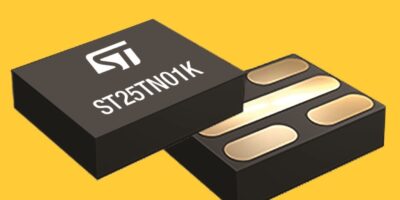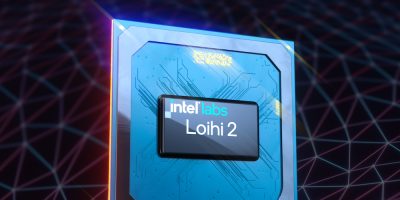Consumer engagement, production information and brand protection are offered with the ST25TN512 and ST25TN01K NFC Forum Type 2 tag ICs by STMicroelectronics. They can also be used for access control.
The ST25TN512 and ST25TN01K NFC tag ICs support multiple user-protection and privacy mechanisms including a 7-bit unique chip-identifier code, TruST25 digital signature, NFC Forum T2T permanent write locks at block level, and a configurable kill mode that permanently deactivates the tag.
The two ICs are certified to NFC Forum Type 2 specifications and leverage ISO 14443 standards. They can be used with NFC-compatible mobiles or a dedicated short-range reader. The embedded device memory includes up to 208 bytes (1664 bits) dedicated to user content.
There is also support for messages in NFC data exchange format (NDEF) which triggers native actions on a smartphone without needing a dedicated app, such as launching a web browser or starting Bluetooth pairing. Augmented NDEF (ANDEF) enables reading dynamic information such as custom messages and unique tap codes without explicitly updating the EEPROM.
The ST25TN512 and ST25TN01K are produced by a new in-house manufacturing process. Both NFC tag ICs contain an internal tuning capacitance of 50pF, which allows plug-and-play integration by inlay manufacturers. The tags harvest energy from the 13.56MHz RF transmitter field and require only an antenna to complete the design.
They also have a long data retention and operate over a wide temperature range of -40 to +85 degrees C. The ICs can be supplied in sawn and bumped wafer format or housed in a DFN5 package.
Both the ST25TN512 and ST25TN01K are available in volume production.







